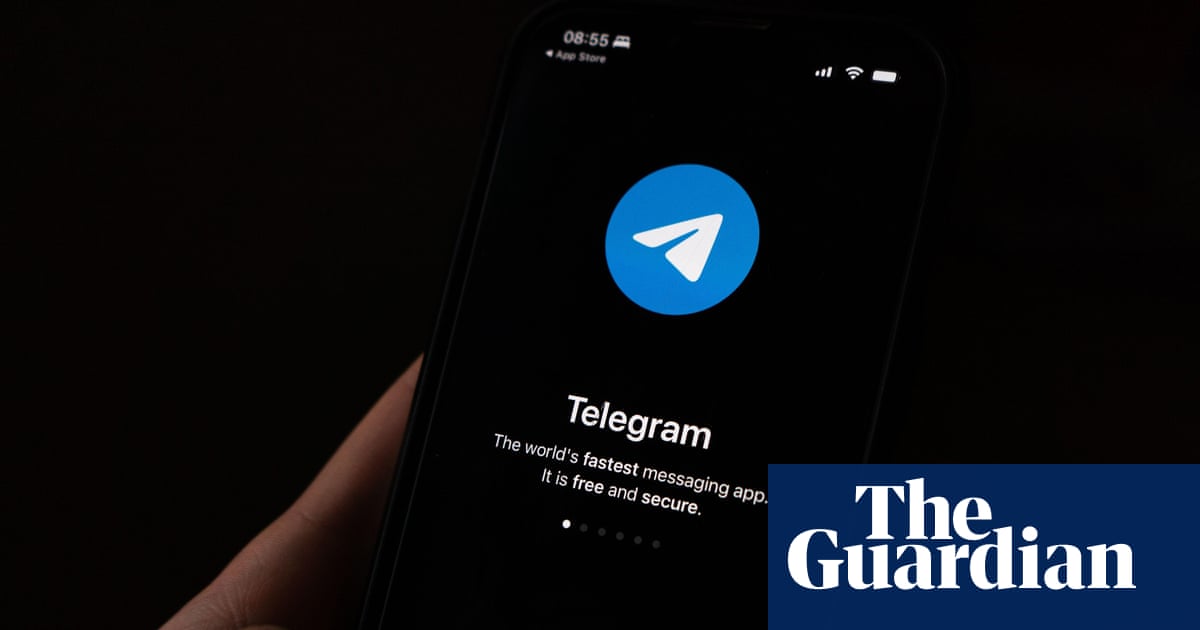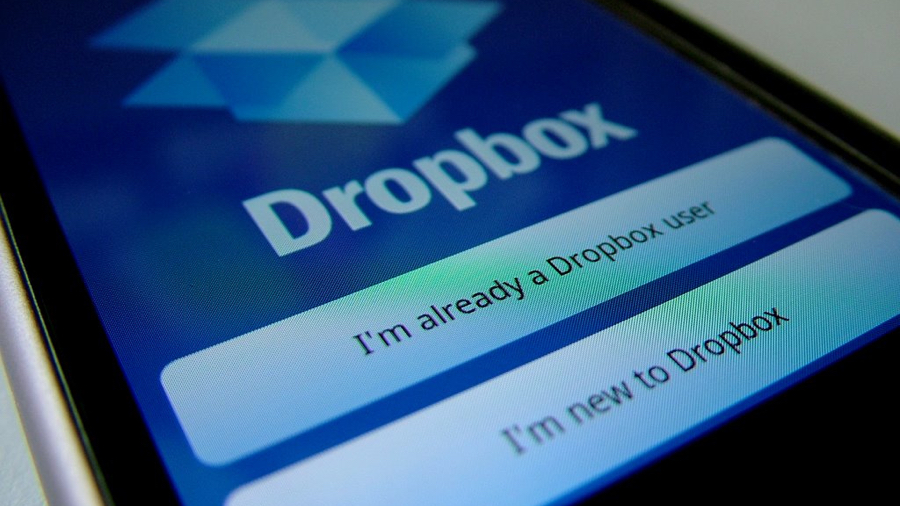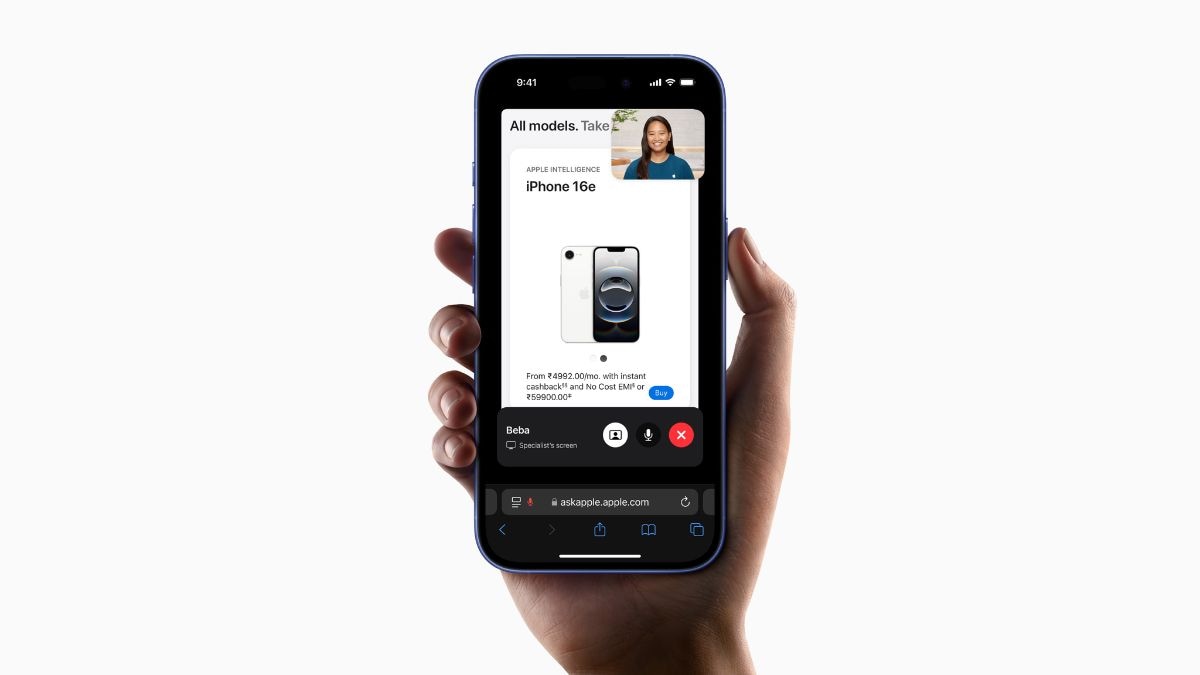Through the looking glass: Artificial intelligence tools are seeping into daily work, but some jobs are feeling the impact far more than others. A Microsoft study analyzing hundreds of thousands of anonymized Bing Copilot conversations offers a clearer, more grounded view of where AI is already reshaping tasks – and where its influence stops short.
The study stands out for its approach. Instead of speculating about AI’s future impact, it examined actual recorded interactions between everyday users and a leading generative AI tool over nine months in 2024. Researchers mapped these conversations to detailed occupational tasks from O*NET, the US government’s database of job activities.
They measured not only what users attempted, but how well the system performed – and which parts of jobs could plausibly be affected. The result is a list not of abstract predictions, but of specific professions whose core tasks already align with AI’s abilities – and those where current systems fall short.
Jobs high on the AI-applicability scale mostly involve handling and communicating information. Interpreters and translators rank highest, followed by roles like writers, editors, reporters, and technical writers. Ticket agents, customer service reps, and concierges also fit the pattern – careers built around answering questions, drafting content, and relaying details. Generative AI is already proving effective at assisting, and sometimes completing, much of that work.
Here is the list of professions most likely to be affected by AI.
- Interpreters and Translators
- Historians
- Passenger Attendants
- Sales Representatives of Services
- Writers and Authors
- Customer Service Representatives
- CNC Tool Programmers
- Telephone Operators
- Ticket Agents and Travel Clerks
- Broadcast Announcers and Radio DJs
- Brokerage Clerks
- Farm and Home Management Educators
- Telemarketers
- Concierges
- Political Scientists
- News Analysts, Reporters, Journalists
- Mathematicians
- Technical Writers
- Proofreaders and Copy Markers
- Hosts and Hostesses
- Editors

The study also points to jobs largely untouched by generative AI – roles built around physical work, hands-on care, or direct operation of machines, where language models offer little help. Medical staff like phlebotomists and nursing assistants fall into this group, as do hazardous materials workers, embalmers, and a range of manual trades from ship engineers to dishwashers. These jobs demand physical skill and spatial reasoning – abilities far beyond what today’s AI can do.
Occupations least likely to be affected include:
- Phlebotomists
- Nursing Assistants
- Hazardous Materials Removal Workers
- Helpers – Painters, Plasterers, etc.
- Embalmers
- Plant and System Operators, All Other
- Oral and Maxillofacial Surgeons
- Automotive Glass Installers and Repairers
- Ship Engineers
- Tire Repairers and Changers
- Prosthodontists
- Helpers – Production Workers
- Highway Maintenance Workers
- Medical Equipment Preparers
- Packaging and Filling Machine Operators
- Machine Feeders and Offbearers
- Dishwashers
- Cement Masons and Concrete Finishers
- Supervisors of Firefighters
- Industrial Truck and Tractor Operators
The findings don’t mean AI will replace entire occupations overnight. A high applicability score signals that many of a job’s core tasks can be assisted – or even handled – by today’s systems, but not that the human role disappears. A low score isn’t a shield, either; robotics or future AI breakthroughs could still transform these jobs later.
The study avoids guessing whether employment in these roles will grow or shrink. Technology has a history of reshaping jobs in unexpected ways, sometimes even creating demand in places where tasks evolve or expand. For now, though, the data offers the clearest look yet at how generative AI is already intersecting with the world of work – not a projection, but reality unfolding one conversation at a time.








